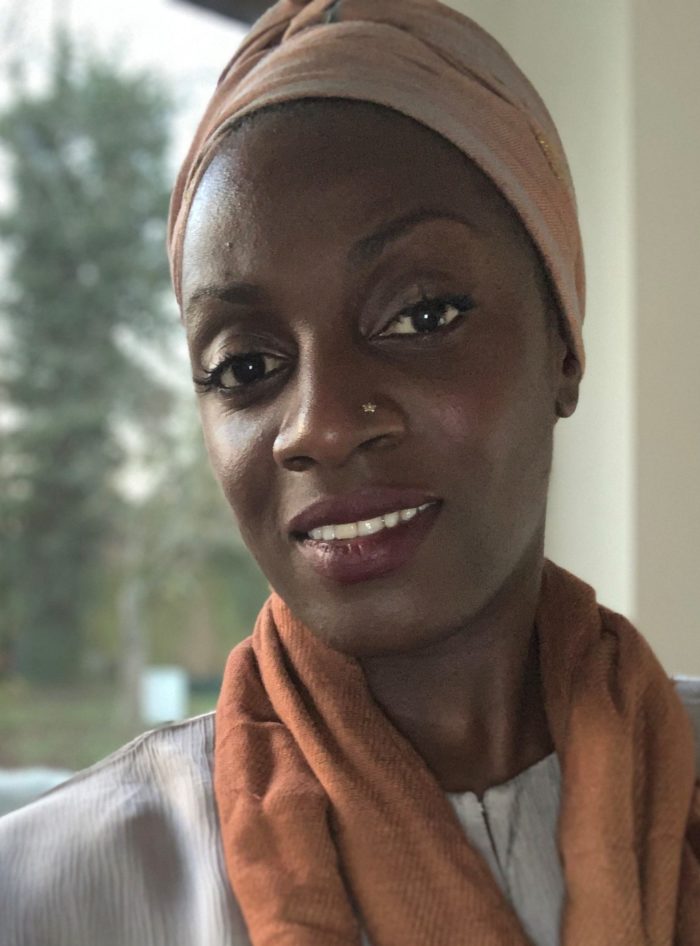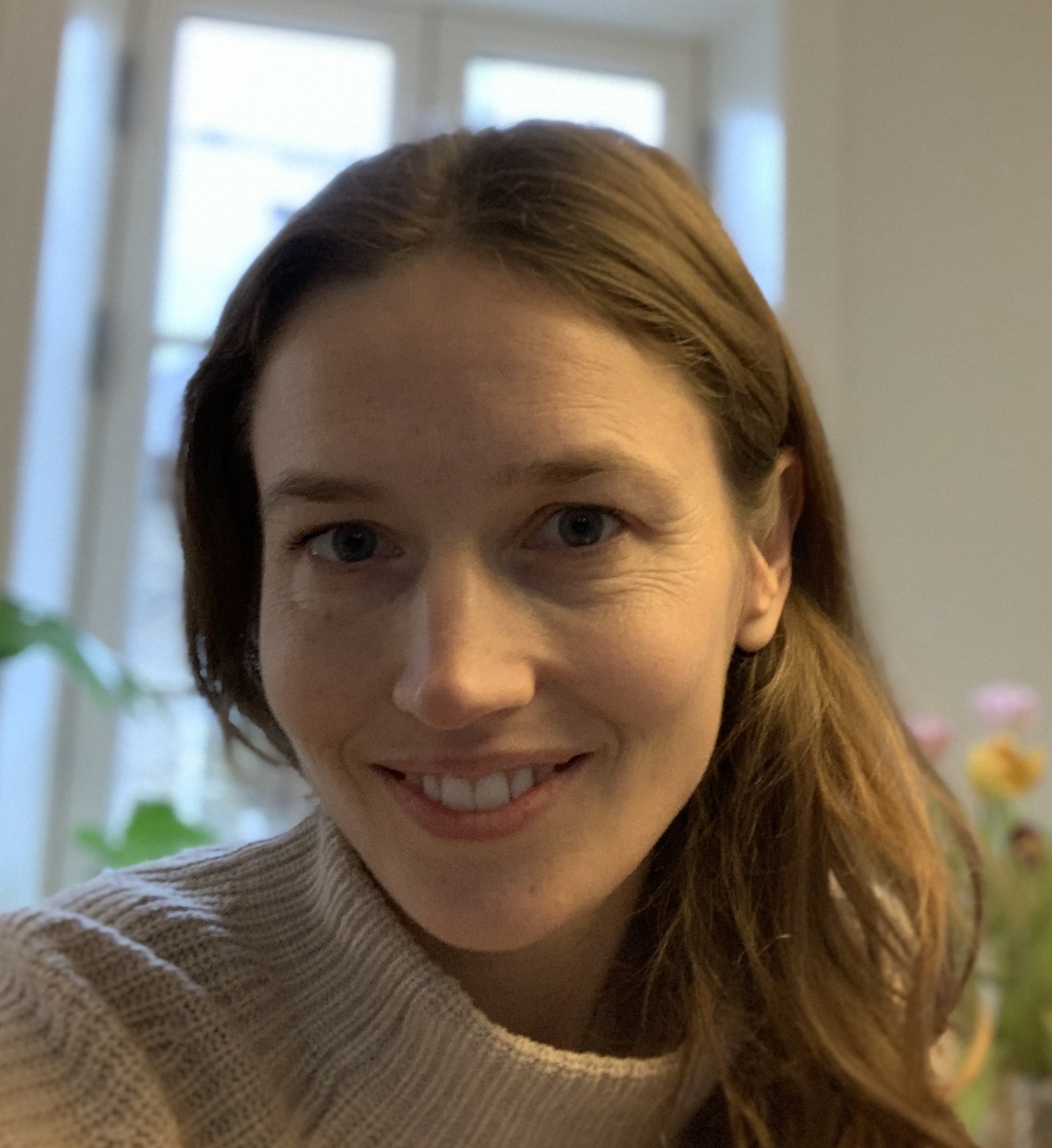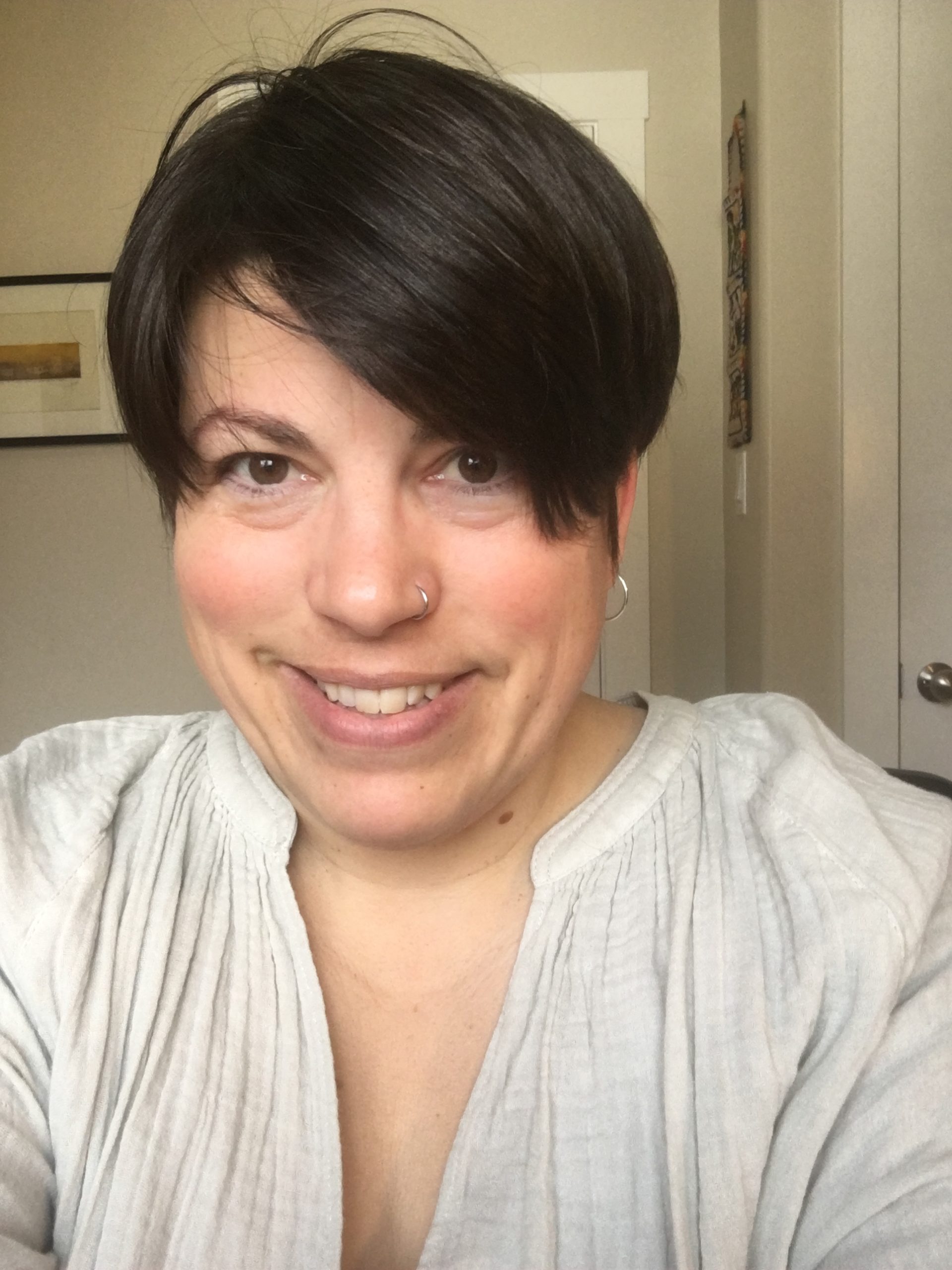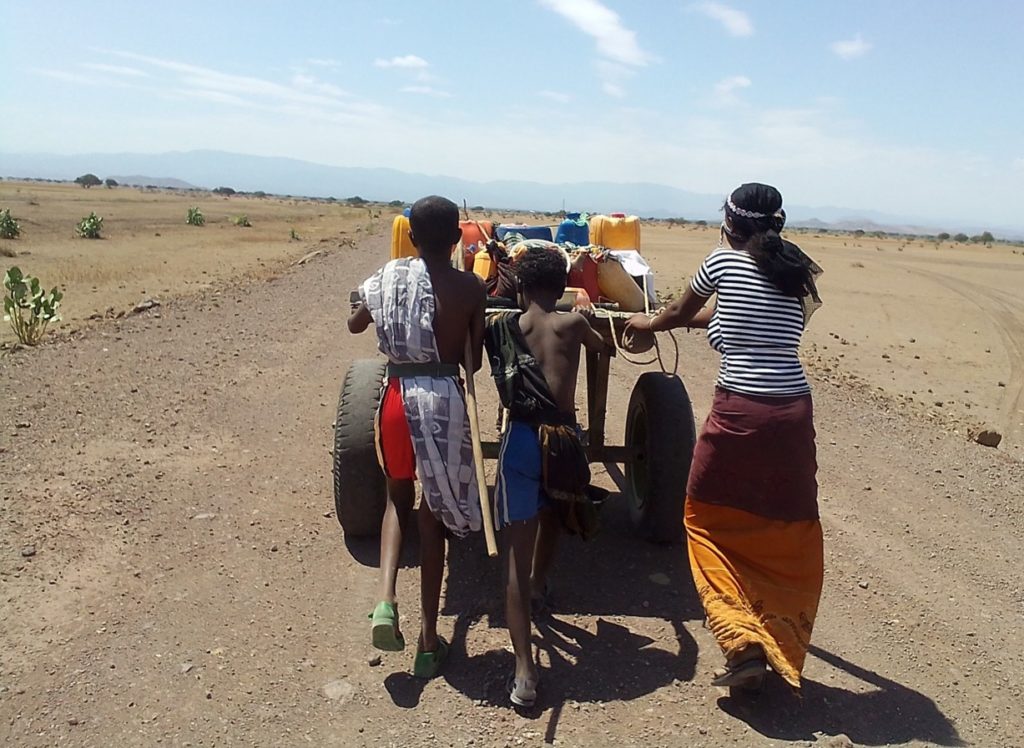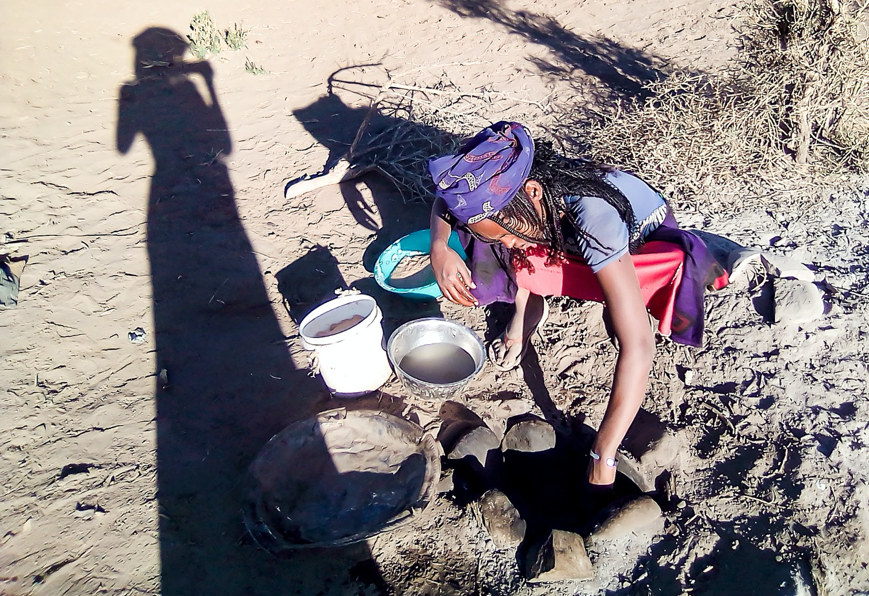In 1985, the global community convened in Nairobi to review and examine the achievements of the UN Decade of Women. Agreeing that the goals of the first World Conference on Women had not been met, participants collectively recognized that all issues are women’s issues, leading some to dub the conference the “birth of global feminism.” In 2000, the Millennium Development Goals (MDG) included promoting gender equality and improving maternal health among the 8 goals and then, in 2015, the Sustainable Development Goals (SDG) amplified the issue of gender inequality, declaring goal #5 to “achieve gender equality and empower all women and girls.”
Since the inception of the MDG, development projects have increasingly been required to incorporate some aspect of gender into their design. Today, it is unlikely a search would uncover any development projects that didn’t include mention of gender. They may fall somewhere on the spectrum between simply acknowledging that there may be gendered experiences of an issue (mainstreaming gender) to taking a gender transformative approach to program design and implementation.
When Fostvedt-Mills Consulting (FMC) started our study with pastoralist communities in the Afar region of Northern Ethiopia, we were somewhere in the middle of that spectrum – with a project that didn’t explicitly focus on gender, but rather saw it as one (albeit significant) dimension of the issue – as we sought to answer the questions:
What are the social and gender-based factors determining the nutrition and WaSH practices of the communities? And how are those factors affecting the nutrition and WaSH practices of the communities?
In designing the study and choosing a methodology, we continually asked ourselves, “How do we ensure that all community members are heard and have a stake in this action research process?” The broader study took a mixed methods approach, combining quantitative and qualitative research. We chose to use photovoice, combined with Community Action Planning workshops as the qualitative methodologies, specifically as they are designed to include the voices of those most marginalized, particularly women’s voices. You can read more about our experiences with those methodologies in our previous blog posts (links are below).
Through FMC’s experience in the region and review of the literature, we assumed that the study would uncover a significant disparity in gender workload and inequality more generally. What we didn’t necessarily anticipate, was the degree to which the community itself would acknowledge this.
Pictures don’t lie
We opted to focus on women in the Photovoice part of the research, providing smartphones to 30 women and 6 men across six communities. The participants were asked to take pictures of their daily lives that demonstrated their nutrition and WaSH practices. It was clear that the women felt empowered in a way they hadn’t in other projects, and therefore were much more engaged. Our research team remarked many times on the level of excitement they observed in participants. For some, this was their first time in control of a smartphone and the sense of independence was palpable.
The photos taken by the participants were revealing, particularly highlighting the workload shouldered by women. In the Afar community, most household activities are the responsibility of women and girls, including fetching water, collecting firewood, constructing huts, cleaning, and cooking. Men are responsible for looking after animals, selling animals to earn money and buying food at the market. However, women also help with milking, looking after animals and going to the market. Most of the participants claimed that there is no gender difference in market activities; although men do it most often, women also sell animals and buy food ingredients. In other words, women carry an overwhelming workload that affects their health and nutrition.
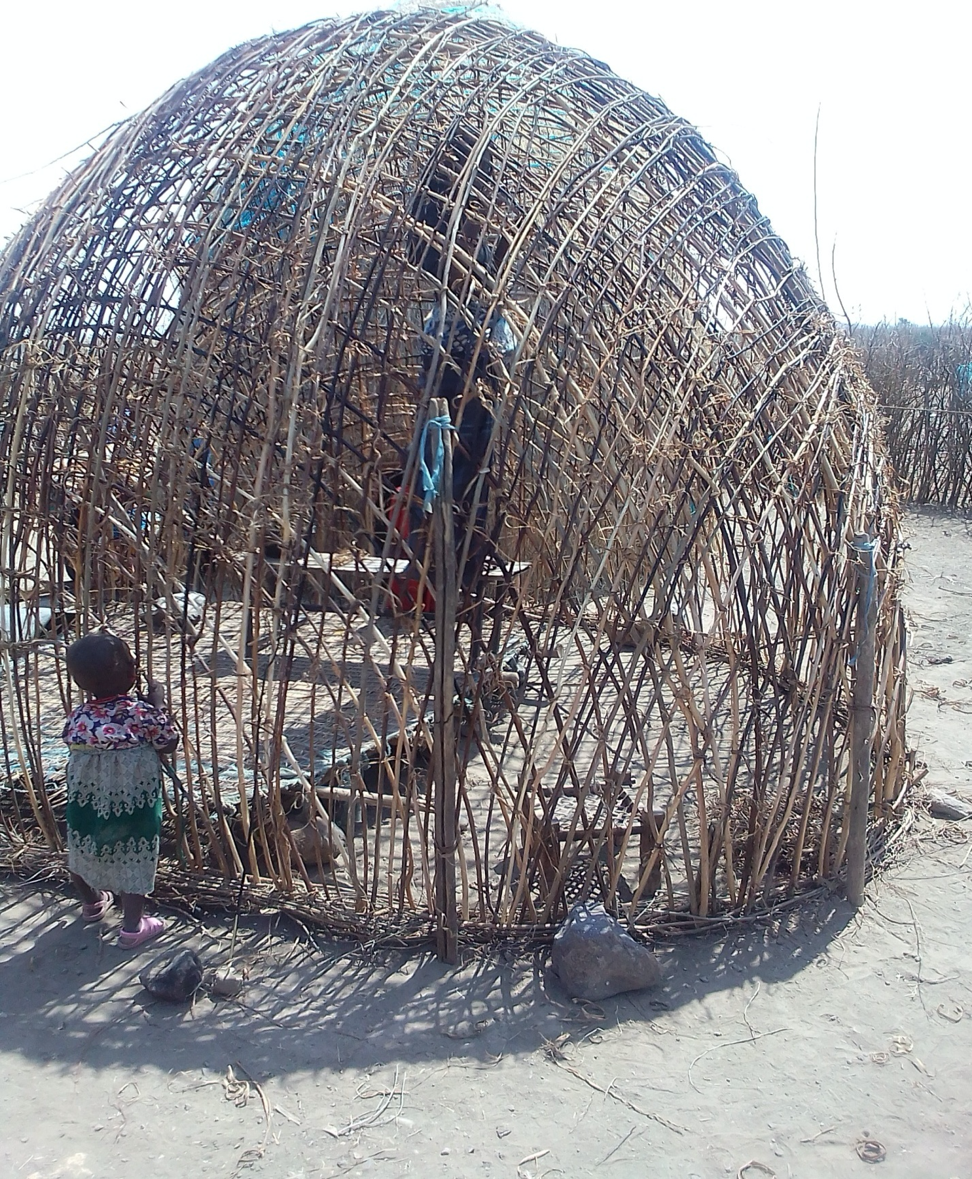
Acknowledging the problem
Once the photos were collected, our research team interviewed the participants to hear why they had selected certain photographs to share with the larger groups and then brought together focus groups to discuss the data. Using photographs as the basis for community discussion and analysis provided an equal playing field for people to engage in the project, regardless of gender, education or any other identity factor that may impact power and influence in the community.
It was in these community discussions that people started recognizing, in a tangible way, the workload of women as a barrier to improved practices related to water and nutrition. For instance, fetching water is women’s work. They usually travel long distances to fetch water from the river. Women who do not own donkeys or camels usually carry water on their back, often for long distances. They also need to carry their babies with them if there is no one at home to look after them, making it physically demanding.
Indeed, it was at the urging of participants in the individual interviews and focus group discussions that the research team came to identify cultural factors as a theme. For example, more than one community raised the practice of pre-lacteal feeding – in parts of Northern Ethiopia it is a common belief that colostrum (milk produced just after birthing) causes abdominal cramps in infants, and grandmothers and traditional birth attendants often encourage new mothers to use pre-lacteal feeds instead. Most now know that is not beneficial to small children; however, they felt that cultural pressures played a role in perpetuating these practices.
Taking action
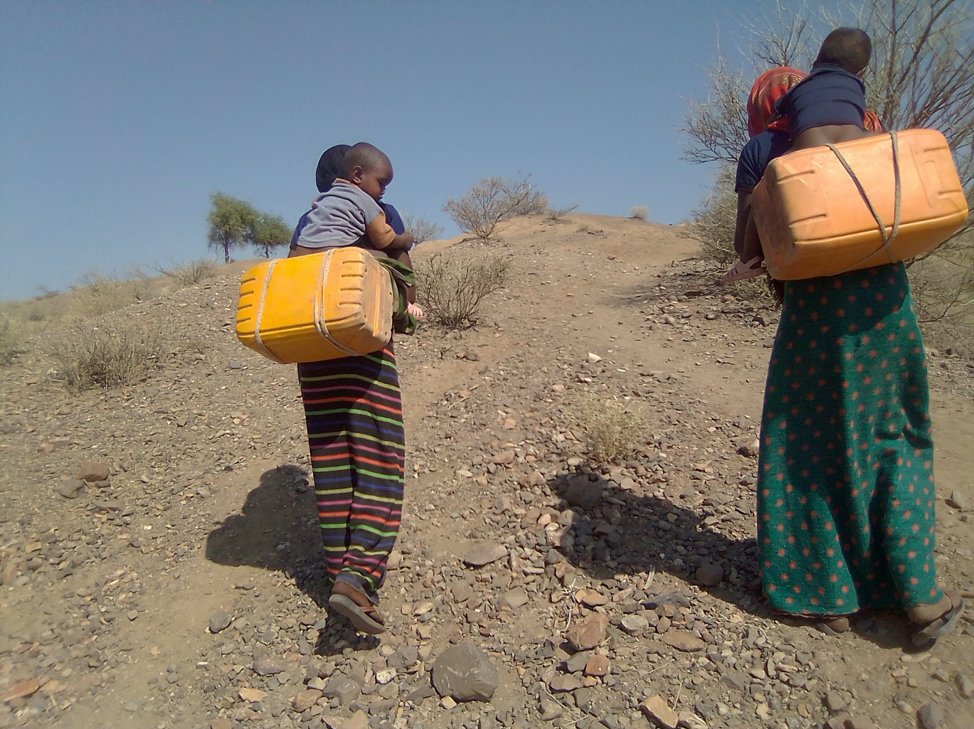
During the final action planning workshops, people spoke about some of the cultural norms that were beginning to change because of their participation in the study. For example, some religious and clan leaders acknowledged that women carry a great workload throughout their life. To illustrate this, they explained that before, women were supposed to carry babies when they go to collect firewood and water, but now some husbands will stay with the babies at home until mothers come back from water and firewood collection. It may seem a small thing, but for men to take on duties related to childcare represents a significant shift in cultural norms and opens so many other opportunities for women to spend resources, both time and energy, on improving their own nutrition and that of their families.
In the community planning sessions, participants were energized and excited to build action plans to make changes in their communities, and virtually all the communities identified women’s heavy workload and pre-lacteal feeding practices as key points for change. Some of the communities agreed that mobilizing clan and religious leaders to initiate conversations at community meetings about such things, as well as leading by example, would be an effective countermeasure to tackle those cultural issues.
An example of one of the actions identified by Mula village looked like this:
| Activities | Timeframe | Responsible bodies | Actions | Location for intervention |
| Improving latrine utilisation | Short term. Should start this month. | Health Extension Workers (HEWs) | HEWs will create additional awareness. | During home-to-home visits. |
| (As above) | (As above) | Kebele leaders | Kebele leader will set penalty for those households who don’t construct and use latrines. | Community meetings. |
| (As above) | (As above) | Religious leaders | Religious leaders will teach the community about the importance of latrine use in the mosque. | Friday prayer (mosques) |
In the case of this study, the action plans were particularly salient as the funding agency (GIZ) had decided not to pursue further interventions in the region due to challenges related to civil unrest in the region. The communities knew that there would be no further external support (either financial or otherwise) to advance WaSH and nutrition projects any time soon. From a resource perspective, it is the cultural factors in nutrition and WaSH that are the aspects most easily tackled.
Behaviour change is at the core of improving WaSH and nutrition practices, and normalising new behaviours is foundational in supporting sustainable change. Knowing that gender inequality affects health outcomes, being able to witness communities acknowledge that cultural practices are not eternal or sacred, rather they can be changed if everyone agrees they should be, is immensely encouraging. By placing women’s voices at the center of the conversation, using methodologies that addressed other barriers to participation (such as literacy) and placing the responsibility on communities to identify actions to improve their own situation, participants themselves were able to understand how gender inequality hurt everyone in their community.
This is the final blog in a 3-part series by Christine Fostvedt-Mills, Jocelyn Kelln and Line Richter.
- First blog: Empowering pastoralist women in Afar region, Ethiopia: the value of photovoice in Covid-sensitive research
- Second blog: Participatory action for nutrition & WASH with pastoralist women in Afar, Ethiopia
(Visit SLH’s Gender transformative WASH resource collection to learn more about gender transformative approaches to WaSH)



